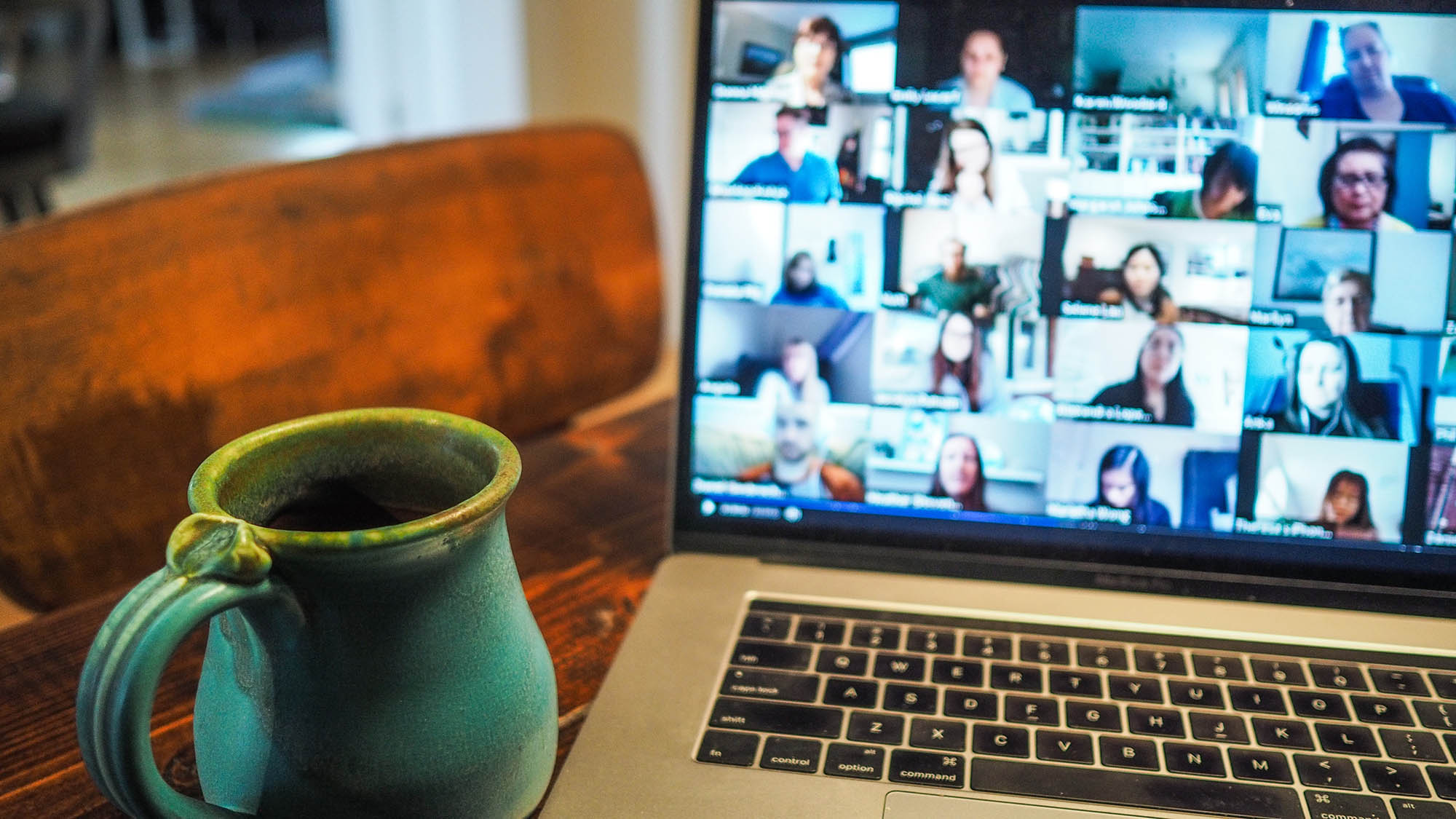This article was authored by Paul McConnell and Tristram Carfrae
Among a myriad of other lessons, the last few months have taught many of us new ways of working. As designers and engineers, we have had to find new ways to collaborate with colleagues and engage with clients and communities. Once marginal video conferencing or messaging apps are now central to our rapidly evolving ways of working.
Communication matters to designers. Experience has long shown us that it improves project outcomes, by exploring likely impacts on a community or addressing the needs of important stakeholders. But if there was a fear that communication might suffer as a result of the COVID-19 pandemic, it was misplaced. In fact, I think we are entering a new golden age of virtual engagement, one that brings in more voices and opinions than ever before. And given the likely constrained nature of public funding in the post-pandemic period, better consultation will hopefully lead to sounder investment of limited infrastructure budgets.
More virtual, more democratic
Traditionally, stakeholder and community engagement, as well as project team collaboration, takes place through face-to-face meetings. The value lies in the interactions and engagement and empathy that occur when we interact in person, especially when they are well-planned and expertly facilitated. The benefits of collaborative design ‘charrettes’ and facilitated conversations, are well documented for good reason.
But face-to-face engagements can also over-amplify the opinions of those with big personalities or greater social capital (or more ready-formed views and expertise). They require people to show up to situations where they may not be comfortable and at times that may not be convenient. Traditional public meetings favour those who are first to the microphone and can be dominated by groups organised to promote a particular point of view. While consensus views may emerge, there is tremendous potential for ‘groupthink’, resulting in unchallenged, poor-quality decision-making.
The consultation process is important. It brings legitimacy to decisions that will often affect people and communities for years to come. Our recent virus-driven lesson in digital collaboration and engagement tells us that the time is right to build on this to improve our stakeholder outreach and create a more democratic approach.
There are so many ways to engage audiences, gain feedback and share a design vision. But getting useful results using virtual means requires a breadth of expertise, from technology selection, through the design and use of specific tools and visualisations, to online facilitation.
Engage stakeholders virtually
Arup Virtual Engage builds on our many years of experience in designing and leading public consultations for all types of large projects. The system’s web based, customisable experience brings projects to life in a realistic and familiar 3D environment where the public, or a specific audience, can access project information, view maps and drawings, watch scheme fly-throughs, navigate 3D models and share feedback from any location and at any time. This is technology that inherently democratises the consultation process, letting a growing number of people participate.
Let people experience the design
Today, ‘visualisations’ are about more than how things might look. We produce highly immersive digital simulations that can capture the imagination and attention of the audience, providing a real sense of a proposed scheme long before any construction has taken place. A combination of photorealism, real-time data and acoustic modelling, these experiences bring both planners and public together to explore and understand a development. Rather than merely illustrating reality, these tools improve design and de-risk every stage of a project’s timeline.
Read more about VisualisationBring the conversation online
In a socially distanced period, consultation and discussion can continue online. Our experience design team are proven facilitators, able to guide large stakeholder groups using the latest technology. We have been able to mimic the key aspects of in-person work sessions in an online environment, using engaging content and tools to help steer the conversation. In a recent commission for UCL university in London, we were able to reboot a project stalled by the pandemic lockdown, finding new ways to bring together a group of remote participants who had held conflicting views about campus interests. The project proved that sensitive facilitation and shared exploration of complex issues can be achieved in online ways.
Keep everyone informed
Consultation is meaningless if information isn’t shared widely. Document platforms like Arup Inspire help to support engagement, either before, during or after a meeting. They ensure everyone has access to the most relevant materials and the latest scheme details.
A changed world is listening
The 2020 global pandemic has demonstrated how much need there is for informed public debate and consent before government decisions gain vital support. Digital tools are of course complementary, not a replacement for in-person human conversation. They pose security risks which must also be managed. But the pandemic has energised our belief that we must take advantage of the new tools available to us, to better reflect changing opinions in the public square.
 ;
;


